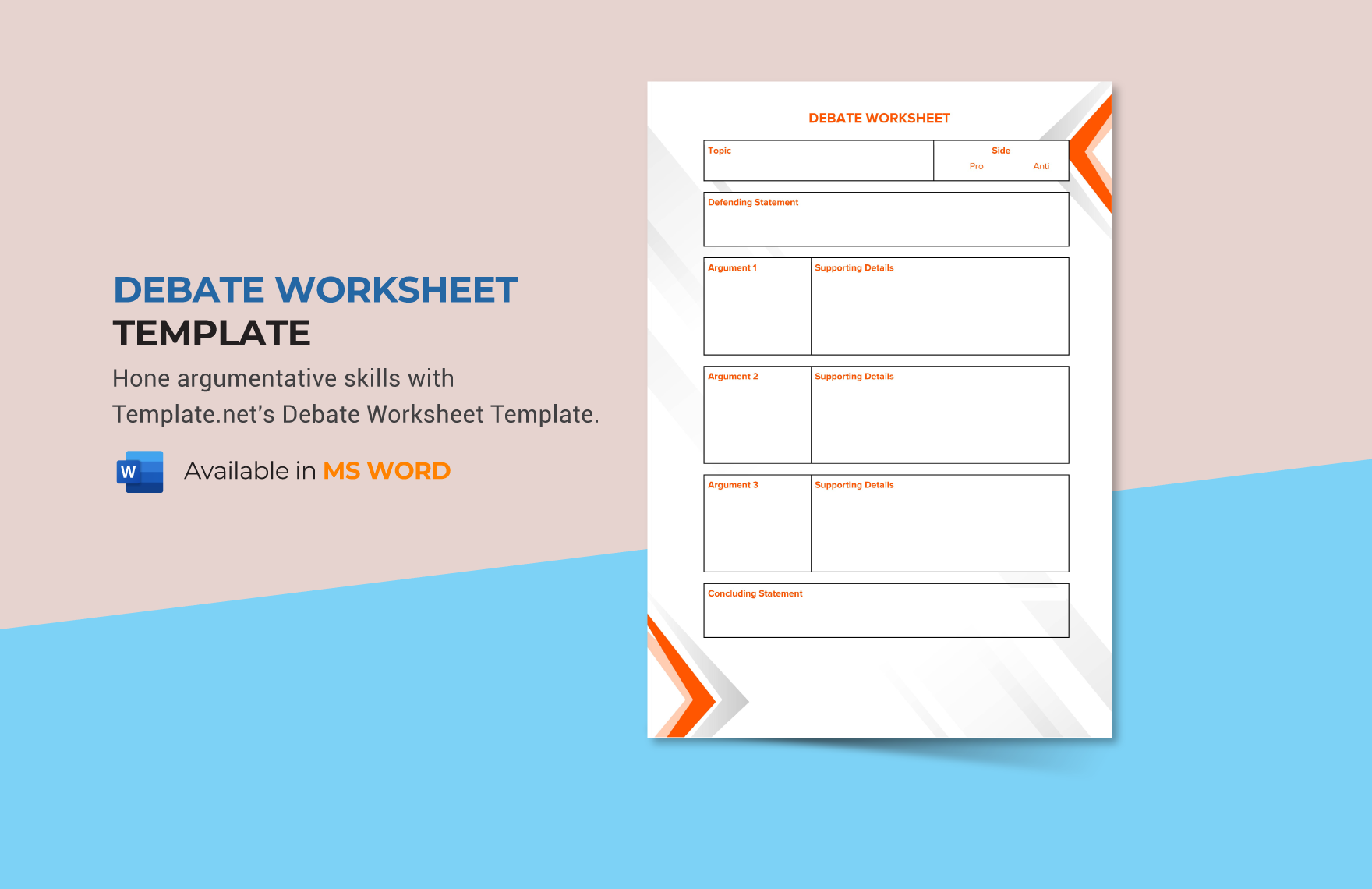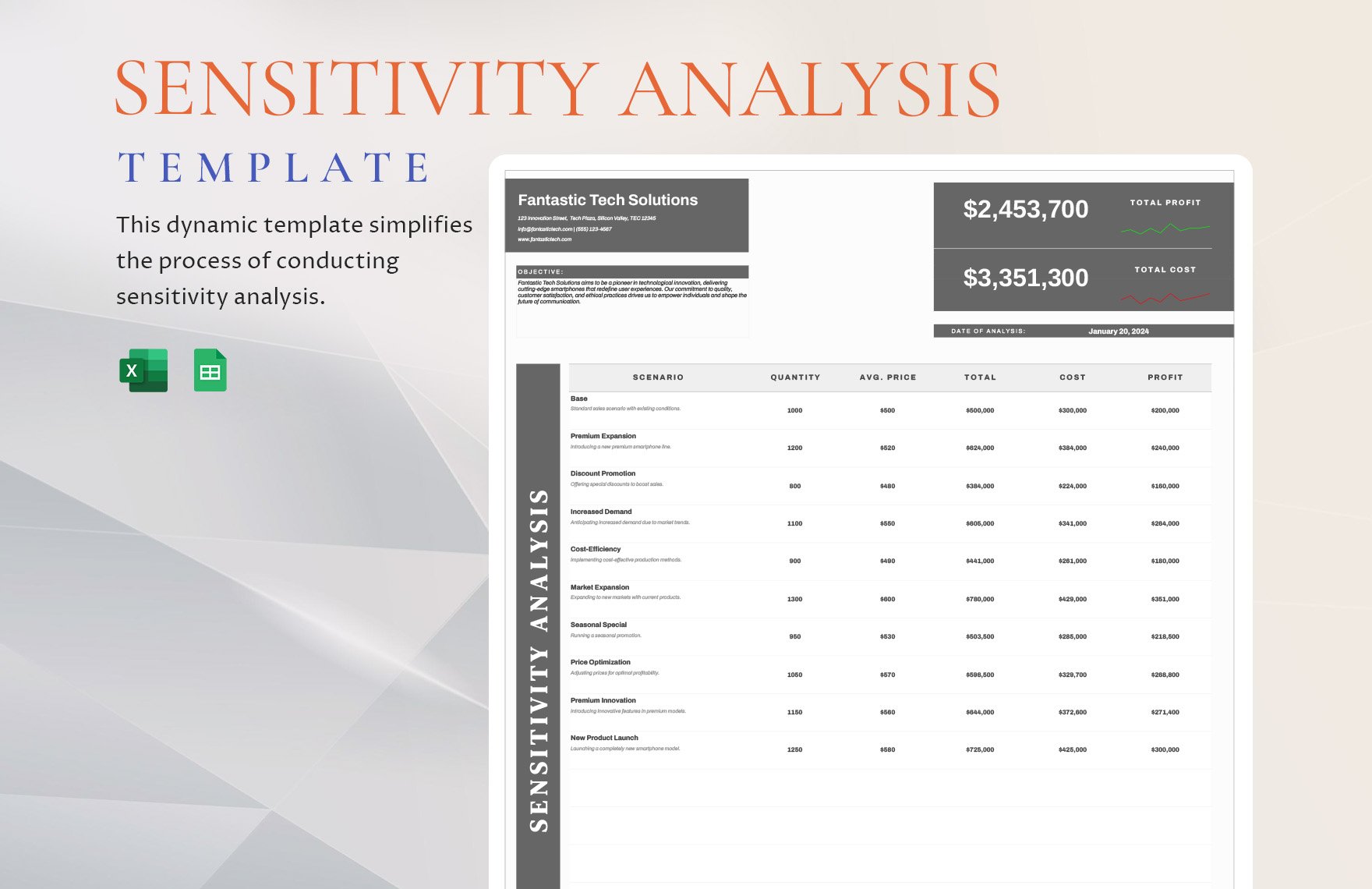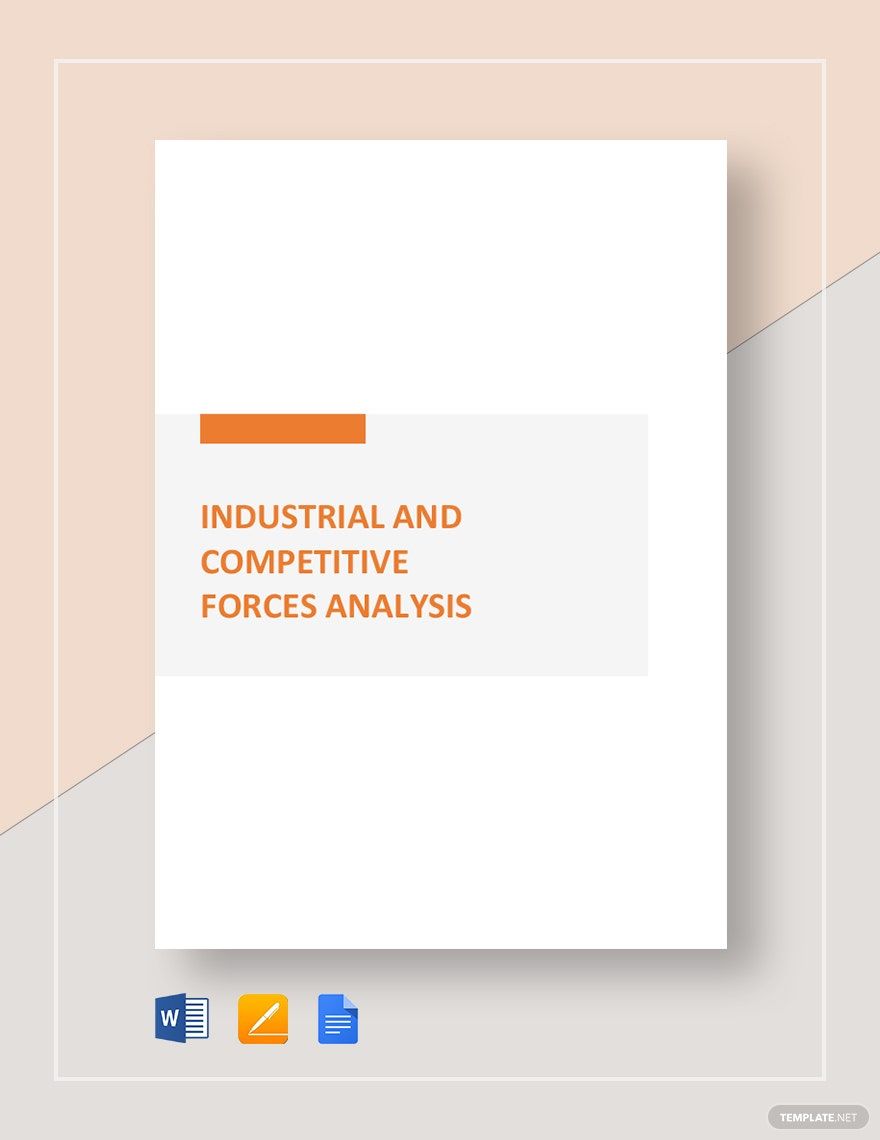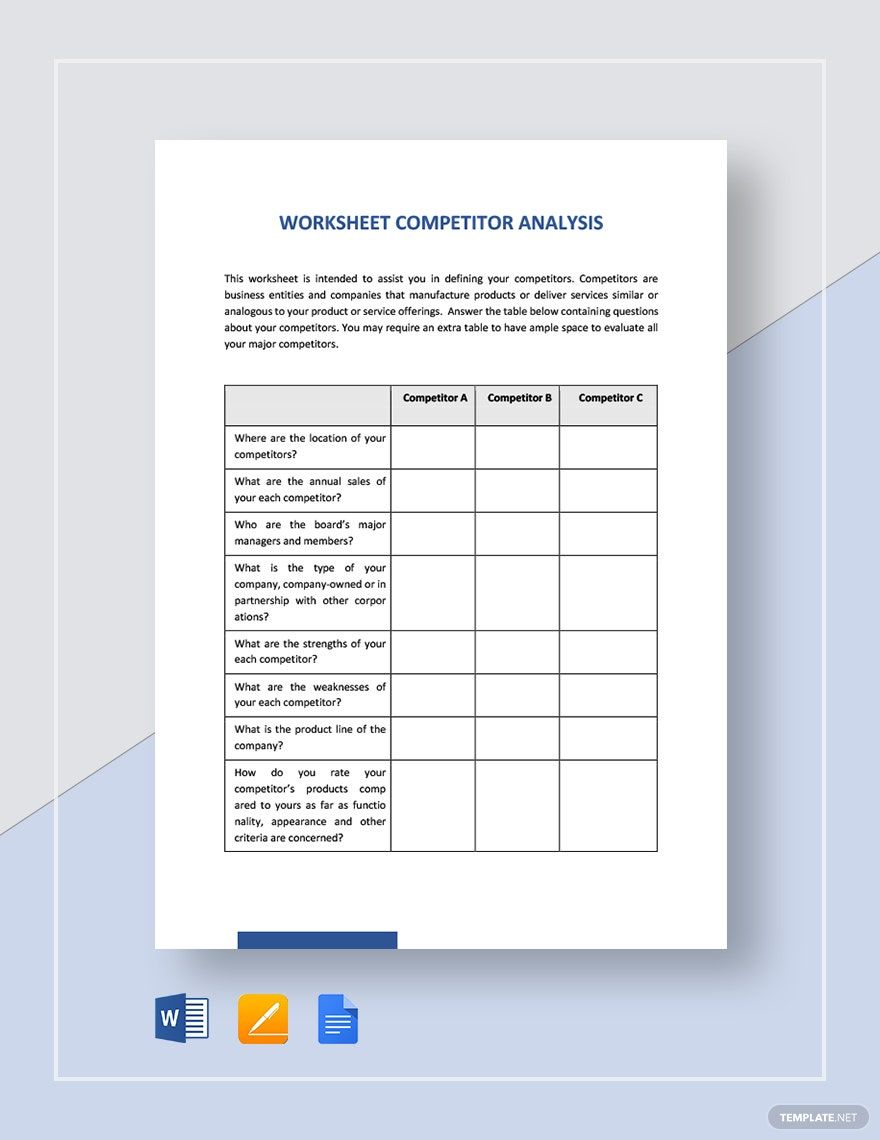Are you struggling to understand complex ideas or you want to help other people to easily understand a particular idea? Writing an analysis will certainly aid. This method splits complicated subjects into smaller components to obtain a clearer knowledge of something. To make it easier for you to organize these ideas, you have to have an analysis worksheet. We know you need that, that is why Template.net is ready to serve you with the best Analysis Templates you've been dreaming of. These files are 100% customizable, easily editable, and printable which will help you save time. Get them today!
How to Create an Analysis Worksheet?

An analysis is a type of report that investigates elements of a particular document in a detailed manner. To create a compelling analysis, you need to conform to a standard form. Document analysis is the first stage towards working with primary sources. In the field of education, you need to teach the students whether in middle school or any level about primary sources to think and understand contextual comprehension as well as to retrieve data to create rational judgments.
You may use these worksheets for photographs, charts, maps, illustrations, videos and sound clips to educate students on how to analyze certain documents.
In this short guide, we will show you some useful tips and easy-to-follow instructions to help you in create an effective analysis worksheet.
1. Review the Subject Carefully
A coherent simple analysis must be done with a thorough process. Before you plan to go on with working your analysis, you have to review and examine the subject that you are supposed to tackle. Make sure you have a clear understanding of it. Try to answer these questions: Does your evaluation address a particular issue? Or, does it concentrate on a certain function of the document you are assessing?
2. Collect Fundamental Details about the Subject
Normally, some tasks of assessment involve the choice of a single document. The choices could be to evaluate a text document such as a book, an article, a poem or letter, and the like. Others include an assessment of visual and audible sources in your sample analysis like an artwork, a photograph, or a film. Whether your job is to evaluate one of these, you have to identify and gather the information that is relevant to your subject.
An article suggests that when gathering details consider the following: the title of the document (if it has one), the name of the document creator, the type of medium of the document, when and where it was created, and the historical and cultural context of the craft.
3. Have a Research and Do Close Reading
For you to have a strong fundamental understanding of the matter, you have to research other related studies about the particular subject you are working on. Read and understand every detail. Based on the gathered data, learn specific points that can be used to address some questions. Take note of certain points that might be useful in your analysis.
4. Identify Questions you Want to Answer
In writing an analysis worksheet, you need to incorporate questions you want to answer. Do not just simply summarize the content. An article suggested that it is best if you include the "how" and "why" in establishing questions in your situation analysis templates.
5. Cite Key Points and Gather Examples
After you identify questions, its time to write or formulate possible answers that are strong enough to justify the query. Make sure answers are all coming from the material you utilized. This will help you with the content of your analysis worksheet. After formulating, proceed to proofread the document.















